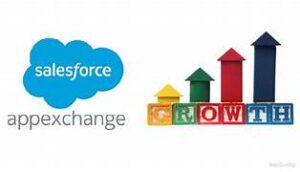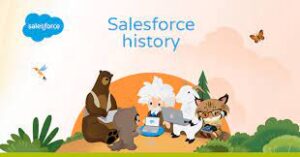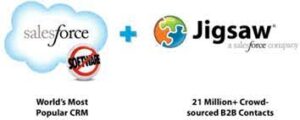A well-optimized Salesforce org is the foundation of a smooth upgrade and long-term success. But like any powerful, customizable platform, Salesforce naturally accumulates technical debt—especially as your business evolves. The good news? It’s manageable—if you take the right approach.
Is Your Salesforce Org Carrying Hidden Technical Debt?
Just like financial debt, unchecked technical debt can slow your growth, reduce agility, and frustrate users. Partnering with a Salesforce expert can help you quickly identify and resolve issues before they escalate—saving time, money, and headaches.
Signs Your Salesforce Org Has Technical Debt
You don’t need to be a developer to spot the symptoms. Technical debt often impacts users first, then spreads across your business. Watch for:
- Outdated Systems: Still running Salesforce Classic or inconsistent interfaces.
- Cluttered Layouts: Overloaded pages with unnecessary or confusing fields.
- Slow Performance: Lagging load times and unexplained errors.
- Unreliable Automation: Flows, workflows, or triggers that behave unpredictably.
- Access Issues: Users unexpectedly locked out of records, reports, or features.
- Low Adoption: Frustrated teams avoiding Salesforce due to inefficiencies.
- Missed Upgrades: Ignoring Salesforce release notes, leading to compatibility issues.
Behind the Scenes: Developer & Admin Struggles
Admins and developers face their own battles with tech debt, including:
- Over-Customization: Using custom objects when standard ones (like Cases) would suffice.
- Security Sprawl: Overly complex sharing rules, profiles, and permission sets.
- Legacy Code: Visualforce pages, JavaScript buttons, or outdated API versions.
- Automation Chaos: A tangled web of Workflow Rules, Flows, and multiple Apex Triggers.
- Abandoned Projects: Half-built MVPs or unused apps cluttering your org.
These issues don’t just slow performance—they make every future change harder, delaying releases and limiting your ability to leverage new Salesforce features.
How Does Salesforce Technical Debt Happen?
Even with a skilled team, tech debt creeps in through:
- Rushed Coding: Prioritizing quick fixes over scalable architecture.
- Lack of Governance: Multiple admins making changes without coordination.
- No Documentation: Missing change logs or data dictionaries, risking knowledge loss.
- Direct Production Edits: Skipping sandbox testing and deploying untested changes.
- Ignoring Releases: Failing to review Salesforce updates for potential impacts.
The result? Your team spends more time patching problems than driving innovation—whether that’s streamlining quotes, improving service, or scaling operations.
How to Manage (and Reduce) Salesforce Technical Debt
A structured, three-phase approach keeps your org healthy:
- Assess – Identify and prioritize technical debt.
- Plan & Execute – Strategically eliminate inefficiencies.
- Maintain – Establish processes to prevent future debt.
Start with a Salesforce Health Check
A technical debt assessment from a trusted Salesforce partner can uncover hidden risks and create a clear roadmap for optimization.
Real-World Impact: When Technical Debt Holds You Back
Imagine you’re a fast-growing outdoor retailer. Salesforce helped you scale—but now, it’s slowing you down.
Your Challenges:
- Frustrated Users: Slow load times, clunky interfaces, and constant errors.
- Admin Overload: Teams waste time on workarounds for outdated workflows and security models.
- Innovation Stalled: New features take forever to deploy, letting competitors lead.
The Solution? A Strategic Optimization Plan
- Health Assessment – Diagnose inefficiencies in custom objects, automation, and security.
- Prioritized Roadmap – Replace custom code with native features, streamline layouts, and automate repetitive tasks.
- Implementation & Training – Deploy improvements and empower your team with best practices.
The Results?
- Faster Performance – Reduced load times and smoother workflows.
- Higher Adoption – A user-friendly system teams actually want to use.
- Faster Innovation – Quicker deployment of new features.
- Stronger ROI – A more efficient platform that drives revenue.
Keep Your Org Healthy for the Long Haul
Technical debt never disappears completely—but with the right partner, you can control it, reduce it, and prevent it from derailing your growth.
Why Partner with Us?
At Tectonic, we don’t just fix Salesforce—we transform it into a growth engine. Our mission is to simplify processes, empower teams, and drive measurable success.
Ready to optimize your Salesforce org? Let’s talk.
🔔🔔 Follow us on LinkedIn 🔔🔔












